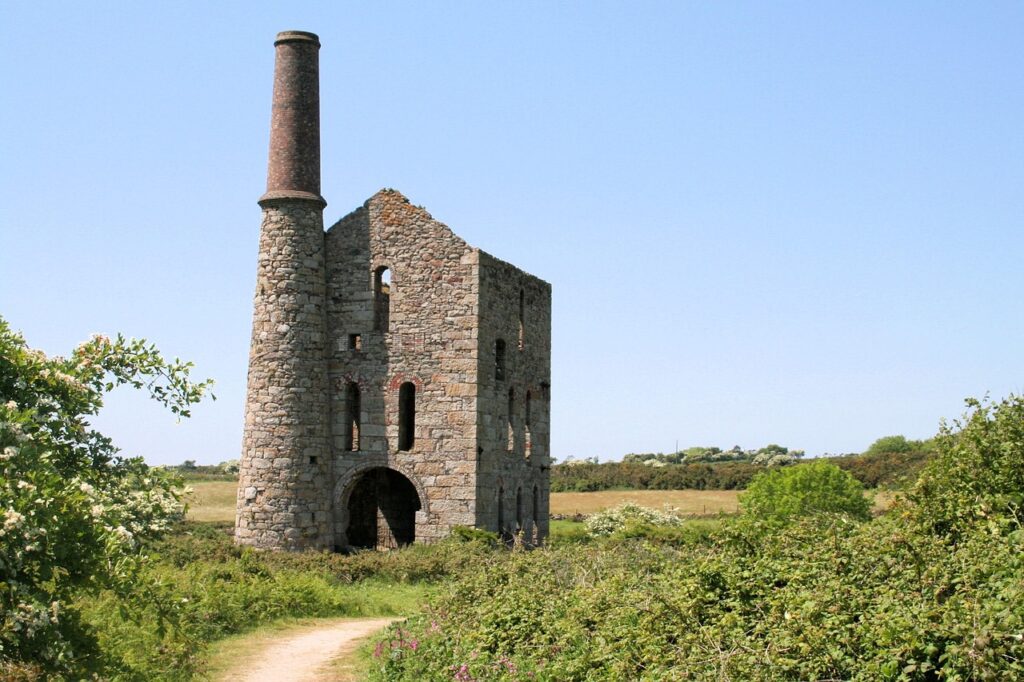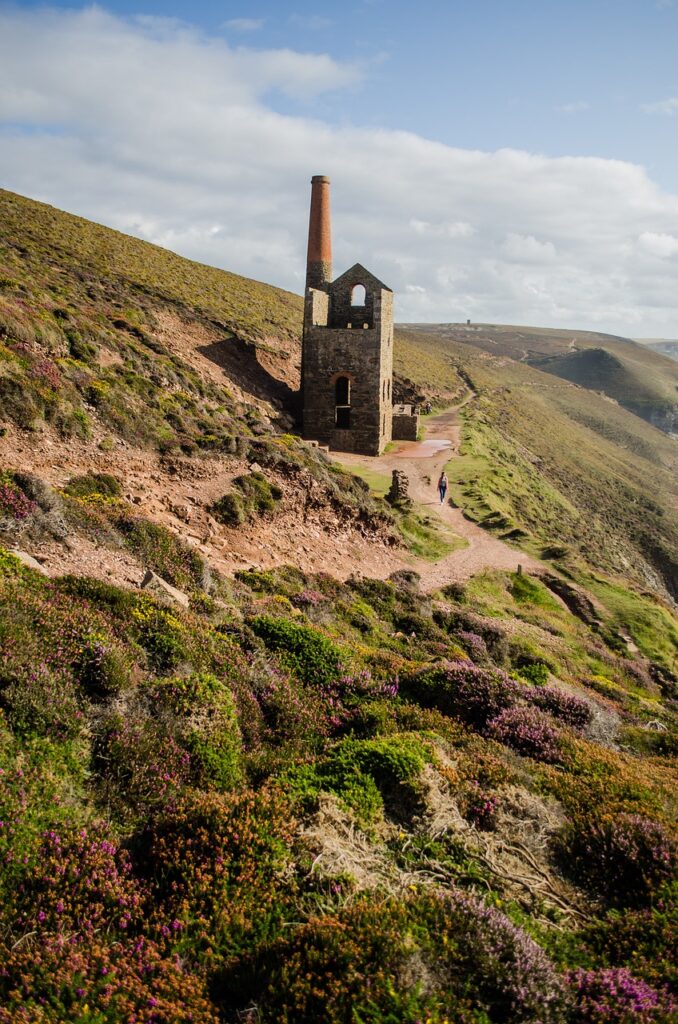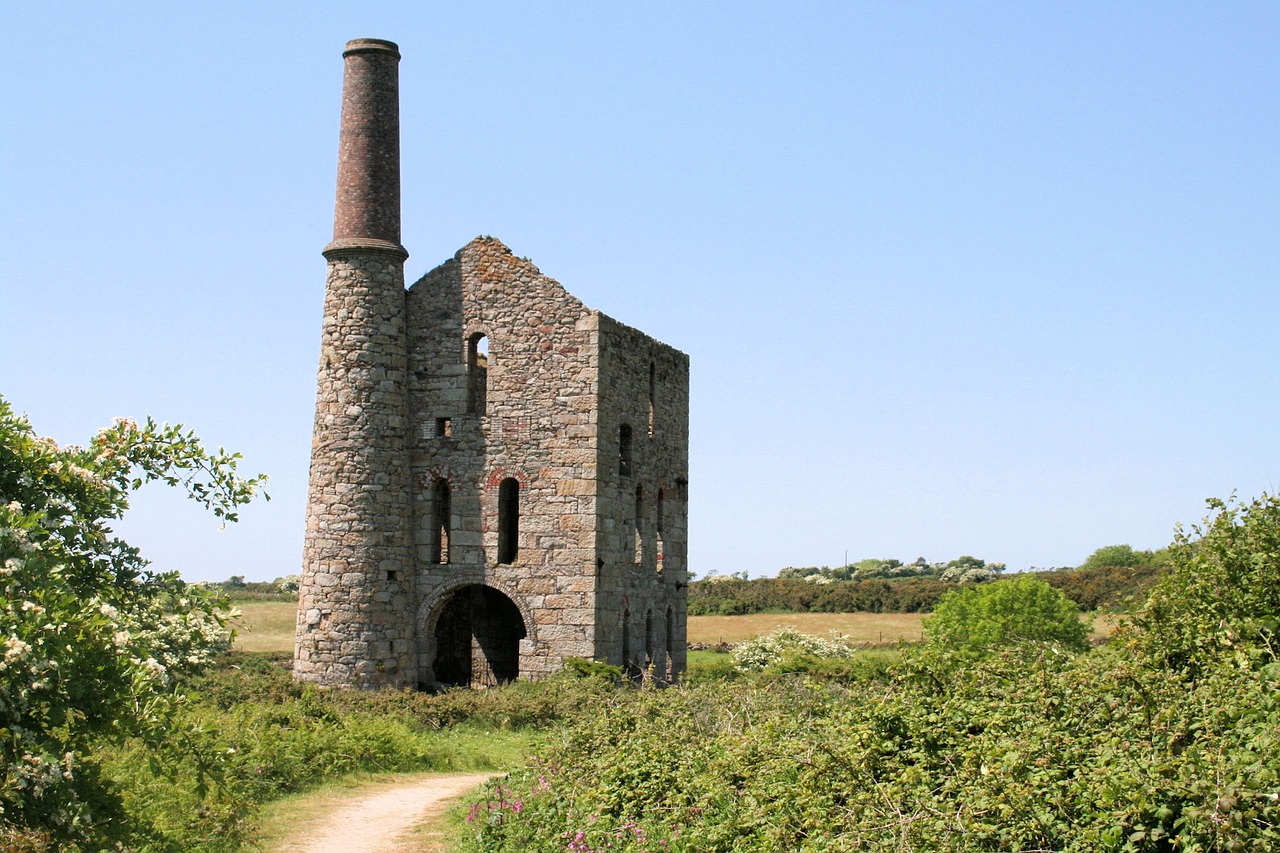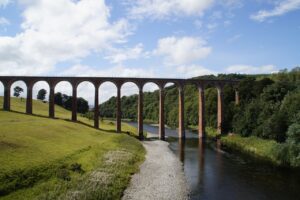Manchester, once dubbed the “Cottonopolis” of the world, played a pivotal role in the Industrial Revolution that transformed Britain and the world. From its humble beginnings as a small market town, Manchester rose to prominence as a global hub of textile manufacturing, innovation, and industry. Today, the city’s industrial heritage is preserved in its historic mills, warehouses, and factories, offering visitors a glimpse into the past and the opportunity to explore the birthplace of the Industrial Revolution. In this article, we’ll delve into Manchester’s industrial heritage, uncovering its historic landmarks, museums, and cultural attractions that celebrate its industrial legacy.

Section 1: The Rise of Industry in Manchester
1.1. Textile Manufacturing:
Manchester’s industrial revolution was fueled by the cotton trade, which transformed the city into the world’s leading center for textile production in the 19th century. The invention of the spinning jenny, spinning mule, and power loom revolutionized the cotton industry, leading to the rapid expansion of mills and factories throughout Manchester and the surrounding region. The cotton mills of Manchester became synonymous with innovation, efficiency, and mass production, driving economic growth and urban development.
1.2. Transportation:
Manchester’s strategic location at the confluence of rivers and canals made it an ideal transportation hub for the distribution of goods and raw materials. The construction of the Bridgewater Canal in 1761, the world’s first industrial canal, provided a direct link between Manchester and the port of Liverpool, facilitating the import of raw cotton from the Americas and the export of finished textiles to global markets. The arrival of the railway in the 19th century further accelerated Manchester’s industrial growth, connecting the city to major cities and ports across the country.
Section 2: Exploring Manchester’s Industrial Heritage
2.1. Manchester’s Historic Mills:
Many of Manchester’s historic mills and factories have been preserved and repurposed for modern use, serving as museums, galleries, and cultural venues. One of the most iconic examples is the Museum of Science and Industry (MOSI), located in the former Liverpool Road Station, the world’s oldest surviving passenger railway station. MOSI offers interactive exhibits and demonstrations that showcase Manchester’s industrial achievements and technological innovations.
2.2. Ancoats:
The district of Ancoats, located just east of Manchester city center, was once the heart of the city’s textile industry. Today, Ancoats is a designated conservation area and a UNESCO World Heritage Site, recognized for its historic mills, warehouses, and canals. Visitors can explore the Ancoats Industrial Heritage Trail, which highlights key landmarks such as the Grade II-listed Asia House and the restored Halle St. Peter’s, a former cotton mill transformed into a concert venue.
2.3. Castlefield:
Castlefield, located to the southwest of Manchester city center, is another area rich in industrial heritage. The Roman fort of Mamucium, from which Manchester derives its name, once stood here, and remnants of Roman walls and structures can still be seen today. Castlefield is also home to the Bridgewater Canal, the world’s first industrial canal, and a network of restored warehouses and mills that now house bars, restaurants, and cultural venues.
Section 3: Preserving Manchester’s Industrial Legacy
3.1. Conservation Efforts:
Preserving Manchester’s industrial heritage is essential for maintaining the city’s unique character and identity. Conservation organizations such as the Manchester Industrial Heritage Preservation Society work to protect and promote the city’s historic mills, warehouses, and industrial landmarks. Through advocacy, education, and community engagement, these organizations ensure that Manchester’s industrial legacy continues to be celebrated and appreciated by future generations.
3.2. Cultural Events and Festivals:
Manchester hosts a variety of cultural events and festivals that celebrate its industrial heritage and heritage. The annual Manchester Histories Festival, for example, features exhibitions, talks, and guided tours that explore the city’s industrial past and its impact on society. Similarly, the Manchester International Festival showcases innovative artistic performances and installations inspired by Manchester’s industrial legacy, providing a platform for artists to engage with the city’s history and heritage.
Conclusion:

Manchester’s industrial heritage is a testament to the city’s resilience, ingenuity, and pioneering spirit. From the cotton mills of Ancoats to the canals of Castlefield, the city’s historic landmarks and cultural attractions offer visitors a fascinating journey through the birthplace of the Industrial Revolution. By exploring Manchester’s industrial heritage, we gain a deeper understanding of the forces that shaped the modern world and the enduring legacy of innovation and industry that continues to define the city today. So pack your bags, prepare for exploration, and embark on a journey through Manchester’s industrial past, where history comes to life amidst the remnants of the Industrial Revolution. Happy travels!




